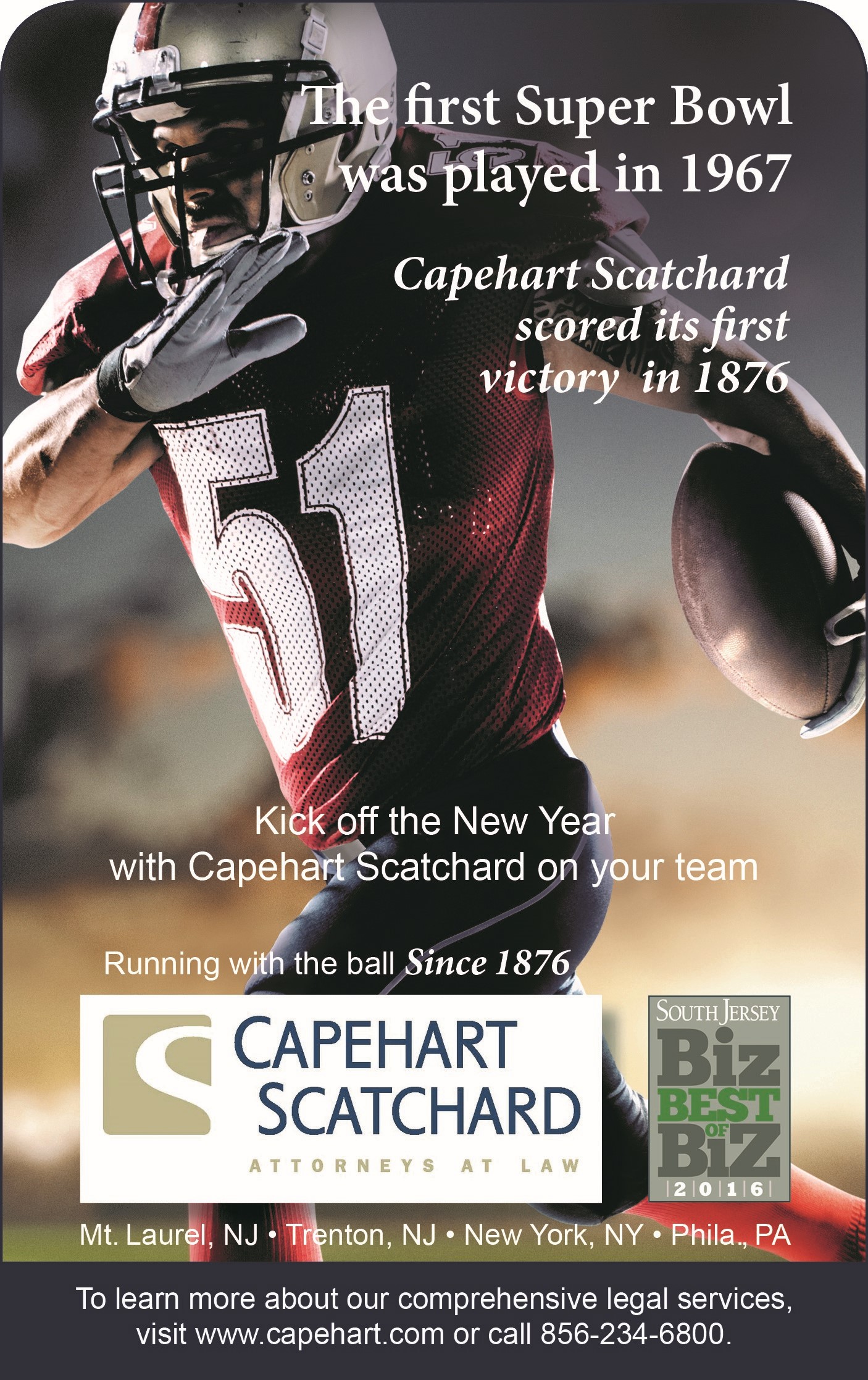Part-Time Worker Receives Total Disability Award And Reconstructed Wage
Rommel Calle worked part-time for DaJana Industries from November 2004 to March 2005. During the other months of the year he did work as a laborer for several other employers.
On March 8, 2005 Calle injured his back when he fell while pulling a hand truck loaded with 50 bags, each bag weighing about 50 pounds. He had an MRI which showed a central and large protruding disc. After a period of conservative treatment, Dr. Richard Nachwalter performed a laminectomy and fusion at L5-S1.
One year following the surgery Dr. Nachwalter requested an FCE to determine what sort of work Calle could perform. The FCE showed that he could do medium category work lifting up to 50 pounds, frequent work up to 20 pounds, and constant lifting up to 10 pounds. The therapist noted that Calle had some movement issues that would impair his ability to frequently bend.
Calle brought a claim for total and permanent disability. While the case was being tried, Calle was observed by the judge of compensation to have a limp. The neurologist for petitioner, Dr. Wong, initially determined that Calle had a disability of 37.5%; however, she later issued an addendum with her colleague, Dr. Maio, an orthopedic specialist, stating that petitioner was totally and permanently disabled. Dr. Maio for her part said that petitioner was left with complaints of radiating radicular pain, sciatic neuralgia and post-operative scarification. She initially stated that petitioner had a disability of two-thirds of partial total but supplemented her opinion to state that he was totally disabled.
Respondent’s neurologist, Dr. Dressner, opined that petitioner had no objective evidence of neurological disability. Respondent’s orthopedic expert, Dr. Canario, stated that petitioner had an orthopedic disability of 17.5% of partial total.
The judge of compensation found that petitioner was 100% permanently and totally disabled. That entitled petitioner to an award of 450 weeks and, thereafter, for life if he could not return to work. The judge did not agree with the respondent’s biomechanical expert that petitioner could perform work in the market, focusing in part on petitioner’s limp. In addition, petitioner had no formal education and spoke Spanish as his first language. The judge noted that petitioner was totally disabled and would also qualify for total disability under the Odd-Lot Doctrine, which takes into account additional factors such as lack of education and skills.
One of the issues in the case concerned petitioner’s wage. He earned $11 per hour and was a seasonal and part-time employee for respondent. The judge reconstructed his wage to $440 per week. Although Calle did not work for DiJana on a five-day per week basis, the judge noted that petitioner would stand on a corner waiting for painting work on the days he could not work for DiJana. He would earn $120 per day in the painting job. He worked in summer jobs earning between $20 and $22 per hour.
In choosing to reconstruct the petitioner’s wage, the judge followed the ruling in Katsoris v. South Jersey Publishing Company, 131 N.J. 535 (1993). That case stands for the proposition that when an injury is such that it impairs future earning capacity, wages should be reconstructed. In this case, the petitioner worked part-time but would perform full-time work if available for other employers and in other seasons. The judge ruled that “but for this injury Calle would have been doing full-time work and this is what his loss is.”
This case offers several reminders to employers. First, it shows the proper application of the rule in Katsoris in regard to reconstruction of wages. If petitioner had been able to work other jobs after the accident, his wage would not likely have been reconstructed. However, in this case the injury was so severe and the recovery from fusion surgery so poor that he could never work on a full-time basis again. Second, the case shows the discretion that is vested in the judge of compensation when it comes to assessing the degree of permanency. While respondent’s neurologist found no evidence of neurological disability and its orthopedic expert found 17.5%, the ultimate ruling was an award of 100% total and permanent disability. Lastly, the case shows how hard it is for respondents to fight total and permanent disability claims even with FCE results showing moderate ability to work.








HI,Question…
if 17.5% equates to $20,000, then if yiure awarded 100% total, what would that amount be?